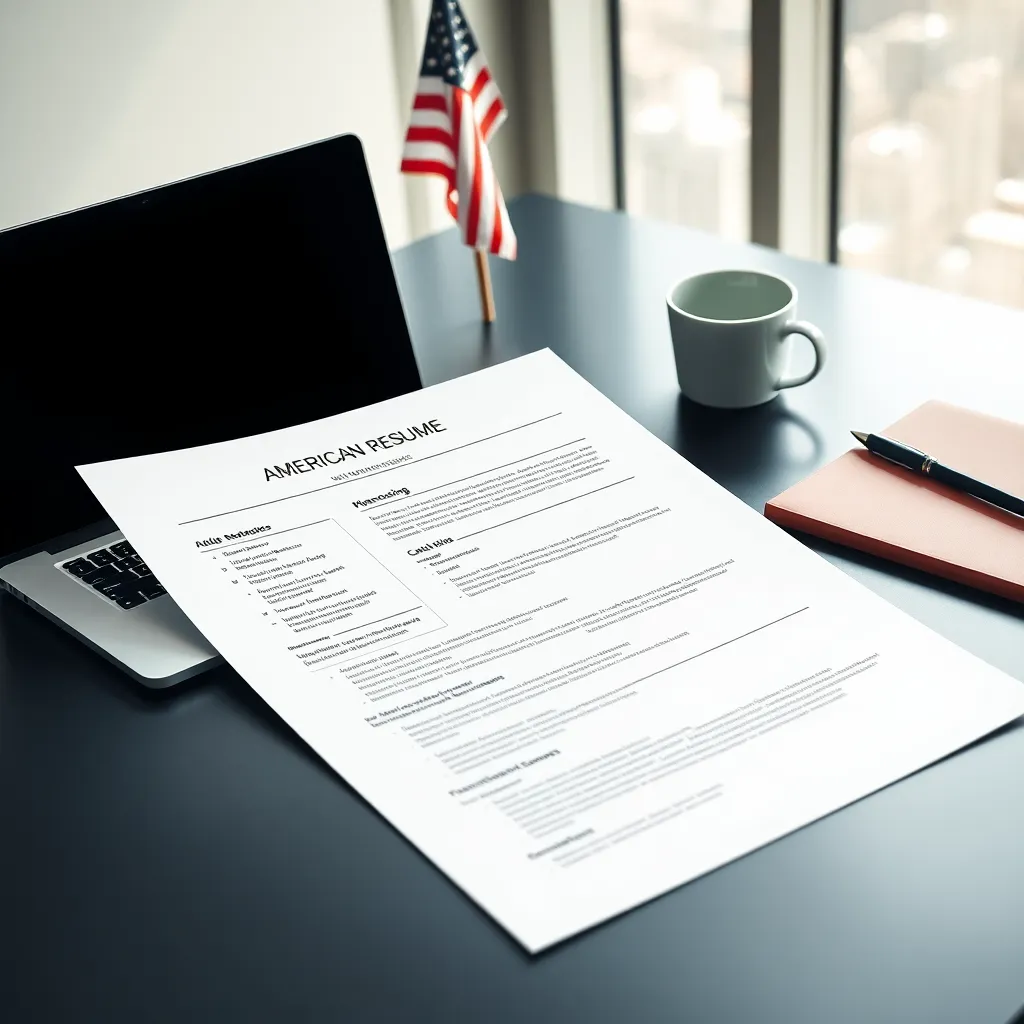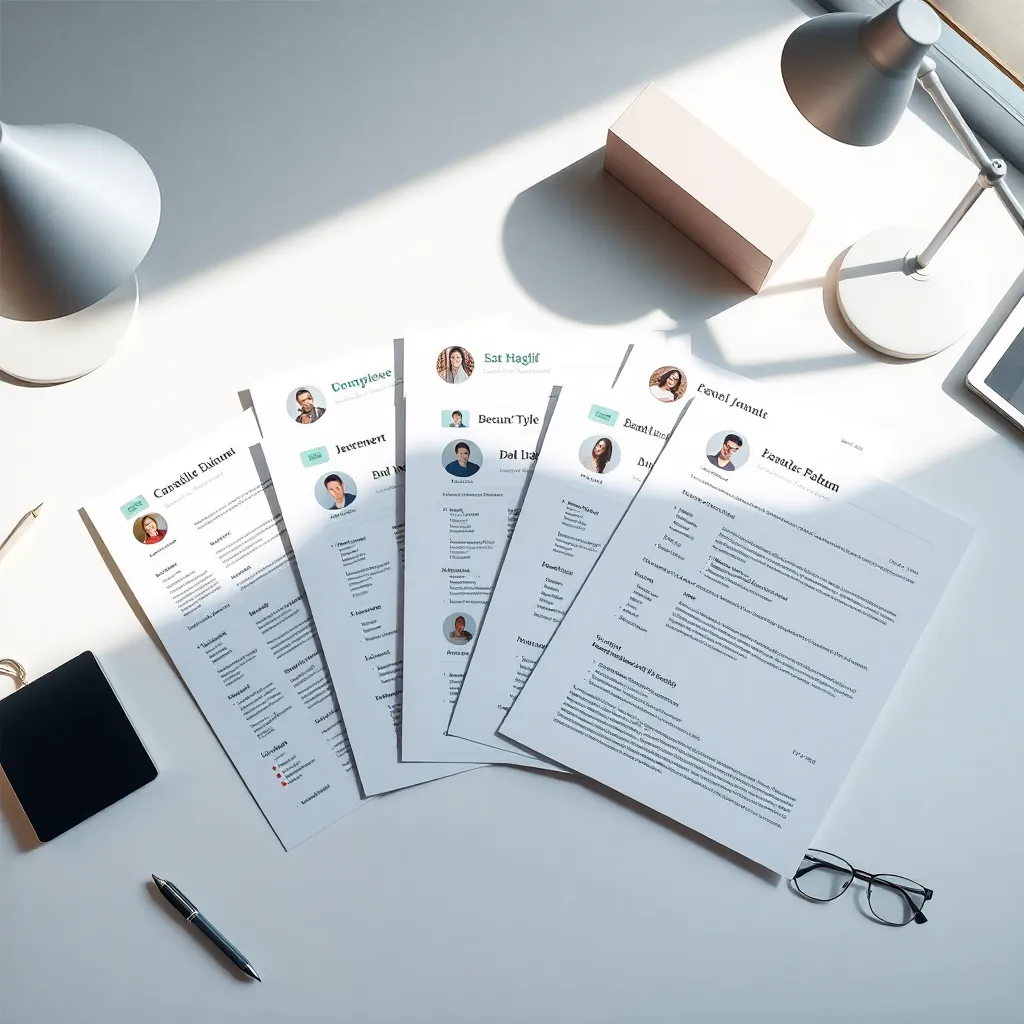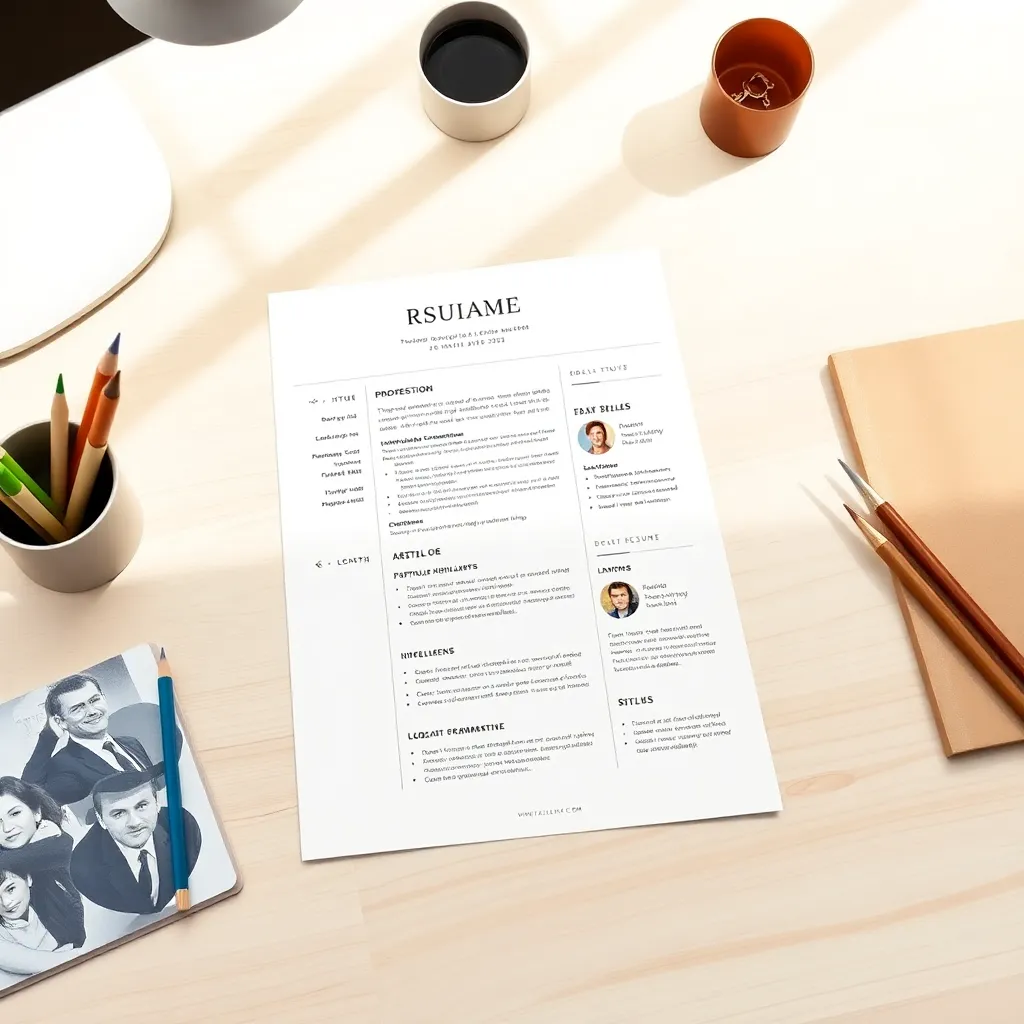Tag: resume tips
-
Business Resume Format: Essential Components for Professional Success
In today’s competitive job market, your resume serves as your professional calling card. For business professionals, having a properly formatted resume can make the difference between landing an interview or being overlooked. This guide explores the essential components of an effective business resume format, providing actionable advice to help you stand out from the competition.…
-
How to Create a Bold Resume Profile That Gets Noticed
In today’s competitive job market, your resume has mere seconds to make an impression. Recruiters spend an average of 6 seconds scanning a resume before deciding whether to continue reading or move on to the next candidate. This makes having a bold, attention-grabbing profile section at the top of your resume absolutely critical. Why Your…
-
The Ultimate Guide to Finding and Using Blank Fillable Resume Templates Online
In today’s competitive job market, having a professionally formatted resume is essential. Blank fillable resume templates provide an efficient solution for job seekers looking to create polished applications quickly. This guide will help you understand the benefits of using these templates and how to make the most of them. Why Choose a Blank Fillable Resume…
-
Optimizing Your Resume for Autofill: Best Texts and Formats for ATS Success
In today’s competitive job market, your resume needs to impress both human recruiters and the digital gatekeepers of Applicant Tracking Systems (ATS). One crucial but often overlooked aspect is how well your resume works with autofill technology. When your resume formatting aligns with autofill systems, you save time and ensure your application is processed correctly.…
-
How to Choose the Best Resume Writing Service in 2025: Expert Guide
In today’s competitive job market, a professionally written resume can be the difference between landing an interview or being lost in the application pile. With countless options available, how do you identify the best resume writing service for your career needs? This guide will help you navigate the selection process and ensure you get maximum…
-
The Perfect Resume Outline: A Step-by-Step Guide to Structure Your Success
Creating a resume that stands out to employers and passes through Applicant Tracking Systems (ATS) requires more than just listing your experience—it demands strategic organization. A well-structured resume outline can be the difference between landing an interview and getting lost in the application pile. Let’s explore how to create a resume outline that showcases your…
-
American Resume Format Samples: Templates and Examples for the U.S. Job Market
Understanding the American resume format is crucial if you’re targeting jobs in the United States. Unlike CVs common in other countries, U.S. resumes have distinct features that align with American employers’ expectations. This guide provides practical samples and formatting tips to help you create a resume that stands out in the U.S. job market. Key…
-
Finding Affordable Resume Writing Services Without Sacrificing Quality
In today’s competitive job market, a professionally written resume can make all the difference between landing an interview or being overlooked. However, many job seekers struggle with the dilemma of needing expert help while working within tight budget constraints. This guide will help you navigate the world of affordable resume services to find options that…
-
Powerful Accounting Experience Examples to Enhance Your Resume
In today’s competitive job market, your accounting resume needs to showcase more than just your employment history—it needs to highlight specific, impactful experiences that demonstrate your value to potential employers. Whether you’re just starting your career or looking to advance to a senior position, the way you present your accounting experience can make all the…
-
The Ultimate Guide to Free Resume Templates: Create a Standout Resume Without Spending a Dime
In today’s competitive job market, your resume is often your first impression with potential employers. A well-crafted resume template can be the difference between landing an interview or getting lost in the application pile. The good news? You don’t need to spend money on premium services to create a professional, eye-catching resume. This comprehensive guide…
-
Top Resume Examples for Different Career Levels: A Comprehensive Guide
Creating an effective resume can be challenging, especially when you’re unsure how it should look at your particular career stage. Whether you’re just starting out or have decades of experience, studying well-crafted resume examples tailored to your career level can provide valuable insights and inspiration for your own document. Understanding Resume Examples by Career Level…
-
5 Free Student Resume Templates to Land Your First Job
Creating a resume as a student can be challenging. With limited work experience and a focus on academics, it’s hard to know how to present yourself professionally to potential employers. Fortunately, specialized resume templates designed specifically for students can help you showcase your potential and land that first important job opportunity. Why Students Need Specialized…
-
The Ultimate Guide to Resume Makers in 2024: Find Your Perfect Match
In today’s competitive job market, your resume is often your first impression with potential employers. Finding the right resume maker can be the difference between landing an interview or getting lost in the application shuffle. With countless options available—from free online builders to premium services with AI capabilities—choosing the perfect platform for your needs can…
-
How to Tailor Your Resume to Job Descriptions: A Practical Guide
In today’s competitive job market, sending the same generic resume to every job application is a recipe for disappointment. Customizing your resume for each position you apply to isn’t just helpful—it’s essential for getting past the initial screening and landing that interview. Why Tailoring Your Resume Matters in Today’s Job Market The statistics speak for…
-
Entry-Level Resume Format Guide: How to Create Your First Professional Resume
Creating your first resume can feel overwhelming, especially when you have limited work experience. However, with the right format and approach, you can craft an impressive entry-level resume that highlights your potential and gets you noticed by employers. This guide will walk you through everything you need to know about formatting a resume as a…
-
How to Choose the Best CV Writing Service: A Comprehensive Guide
In today’s competitive job market, a professionally crafted CV can make the difference between landing an interview or being overlooked. With countless CV writing services available, selecting the right one can feel overwhelming. This guide will help you identify truly exceptional services that deliver results and provide the best return on your investment. Understanding What…
-
Crafting the Perfect Art Resume Template: A Guide for Creative Professionals
As an artist or creative professional, your resume needs to be as distinctive as your work. Unlike traditional business resumes, an art resume template must strike a delicate balance between showcasing your creative vision and meeting professional standards. This guide will help you navigate the unique challenges of creating a resume that captures your artistic…
-
ATS-Optimized Resume: How to Beat the Bots and Impress Human Recruiters
You’ve spent hours perfecting your resume, tailoring it to the job description, and proofreading it multiple times. You hit submit with confidence, only to never hear back. Sound familiar? If so, you might be getting stopped by the digital gatekeeper known as an Applicant Tracking System (ATS). But don’t worry—with the right approach, you can…
-
10 Red Flags in Your Resume That Recruiters Notice Immediately (And How to Fix Them)
Introduction: The Critical First Impression Your resume has exactly 6-7 seconds to make a positive impression. That’s the average time recruiters spend on the initial scan of a resume, according to research by Ladders, Inc. In today’s fiercely competitive job market, where a single corporate opening can attract hundreds of applications, avoiding red flags on…
-
ResuFit: The Ultimate AI Resume Generator and Job Application Tool
In today’s competitive job market, standing out is crucial. ResuFit, an advanced AI resume generator and job application tool, offers an innovative solution by harnessing artificial intelligence to streamline the application process. This AI-powered platform not only saves time but also enhances the quality of your job applications, making it easier to impress hiring managers…




















